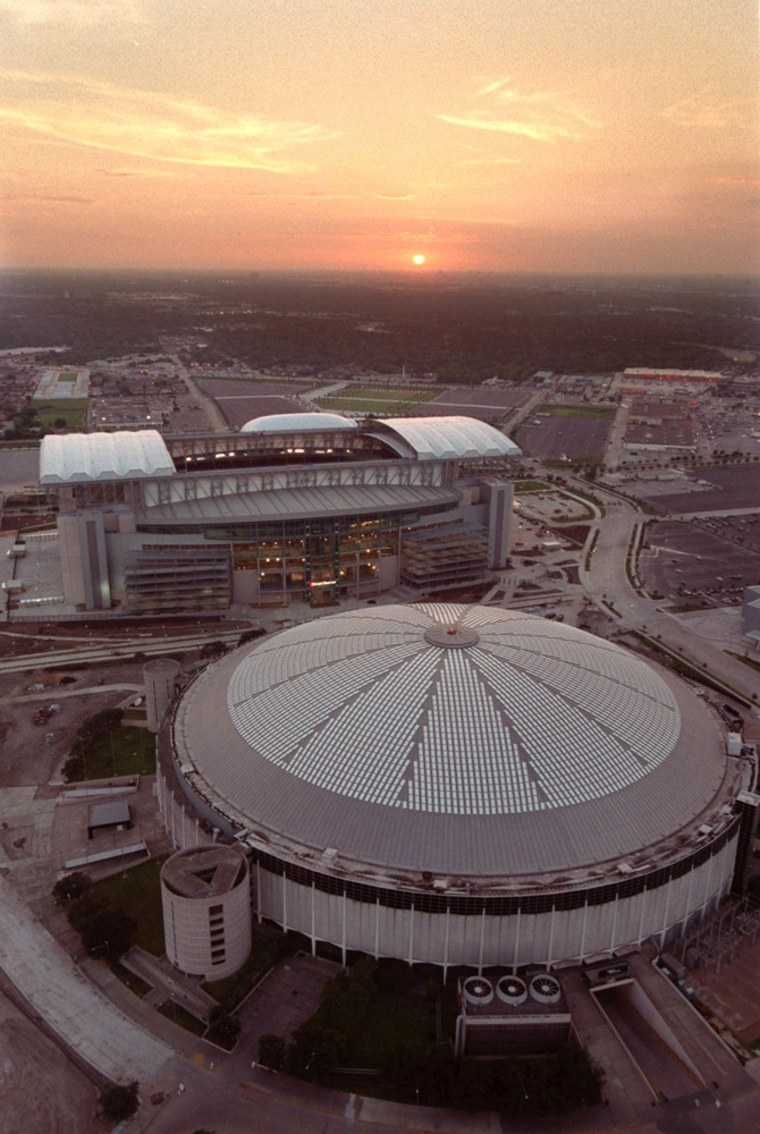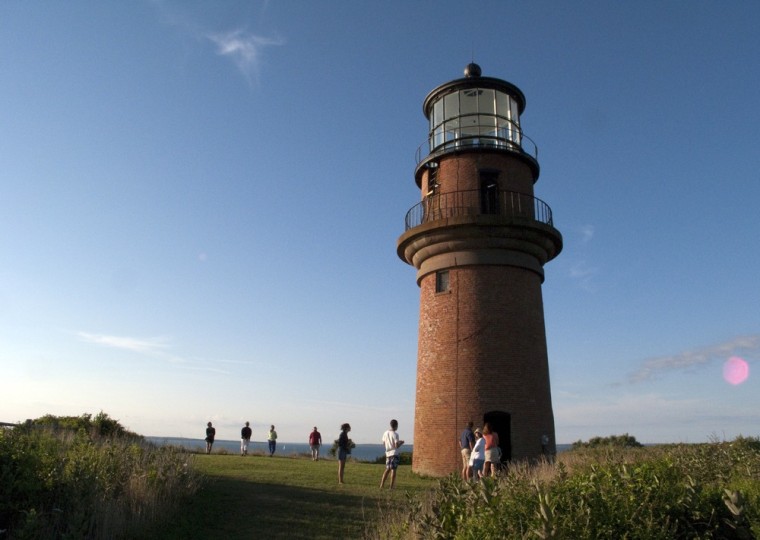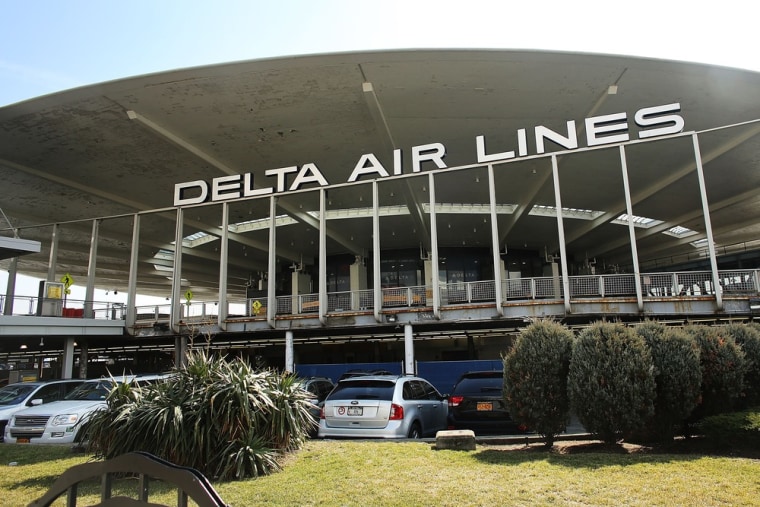A lighthouse built in 1799, an airport terminal that helped launch the 747 and the world’s first domed, air-conditioned sports stadium. Separated by miles, styles and disparate histories, they have one thing in common.
On Wednesday, they were named three of the nation’s 11 Most Endangered Historic Places by the National Trust for Historic Preservation (NTHP).
Now in its 26th year, the list spotlights important examples of the nation’s architectural, cultural and natural heritage that are at risk of destruction or irreparable damage. This year’s roster reflects sites that are threatened by not-so-benign neglect, encroaching development and the impact of climate change.
“We made a very intentional effort to reach out to diverse groups and communities,” said NTHP President Stephanie Meeks. “We want to make sure that preservation in this country represents the full range of the American experience.”
For travelers, says Meeks, such places are what make individual destinations what they are.
“People love to visit places that are unique and interesting,” she told NBC News. “We’re all about preserving what’s unique and special about the U.S. and we believe travelers all over the world are looking for those kinds of experiences.”
Here are five places to have them:
Abyssinian Meeting House
Built in 1828, this brick and clapboard structure in Portland, Maine, has served the city’s African American community as a house of worship, community center and way station on the Underground Railroad. Later turned into apartments and subsequently closed, it’s now being restored in the hopes that it can reopen as a museum.
If successful, the Meeting House will also serve as an anchor for a proposed India Street Historic District, which local preservationists see as a way to balance the rapid redevelopment of the area where Portland was born.
“We’re not looking at keeping development from happening,” said Sally Oldham, a trustee of Greater Portland Landmarks Inc. “We do hope it will be channeled so that it doesn’t impact the historic core of the area.”

Astrodome
As the world's first domed, air conditioned stadium, the Houston Astrodome was called the "Eighth Wonder of the World" when it opened in 1965. “It was the first of its kind; it set the standard for new stadiums, and it put this city on the map,” said David Bush, acting executive director of Preservation Houston.
Today, it sits empty and forlorn, a “lonely landmark” in desperate need of repurposing before it gets turned into a parking lot for the newer, shinier Reliant Stadium next door. The good news is that the county agency that oversees the Astrodome is currently considering 19 proposals with an announcement expected shortly.
Gay Head Lighthouse
The first lighthouse built on Martha’s Vineyard may not be on Martha’s Vineyard much longer, not because of neglect or redevelopment but because of climate change–induced erosion.
“It’s 50 feet from the edge of the cliff,” said Beverly Wright, selectman for the nearby town of Aquinnah. “Experts are telling us it could topple into the ocean in a year and a half.”

To prevent that, the town has launched a website, GayHeadLight.org, and campaign to raise $3 million in order to move the lighthouse to a new site. Until that happens, visitors can climb the lighthouse stairs daily through Oct. 14 ($5) or until the sea reclaims it.
Village of Mariemont
Ten miles east of downtown Cincinnati, the Village of Mariemont was one of the nation’s first planned communities, founded after World War I as a “national exemplar” of tree-lined streets, expansive parks and Tudor- and Norman-style buildings. Today, the village is feeling the squeeze from a proposal that could relocate a four-lane highway across 80 acres of parkland on its southern edge.
“We have the combination of a walkable urban town with a rural, agriculture feel,” said Karen Sullivan, a local resident and architect. “If the highway goes in, it won’t just detract from the town’s character; it’ll harm local businesses.”
Worldport Terminal
Back in the day when going to the airport was an eagerly awaited adventure, the Worldport Terminal at JFK was as iconic as they come. Its flying-saucer shape was a classic of Mid-Century Modern design; it embodied the global reach of its original tenant, Pan Am, and it turned up in movies and magazines throughout the ‘60s and ‘70s.

As of last month, though, it ended its useful life after its current tenant, Delta Airlines, moved its operations to Terminal 4. It’s now in limbo as preservationists try to get buy-in from Delta and the Port Authority to repurpose the structure.
“The fact that it’s been superseded by more modern structures is a given,” said Anthony Stramaglia of SaveTheWorldport.org. “We don’t want to stand in the way of progress but we believe it’s important enough — historically, architecturally and culturally — to remain standing.”
For those interested in experiencing other endangered sites, the rest of this year’s list is below:
Chinatown House: Once a general store and residence for Chinese American laborers, the house is one of last symbols of the Asian community that helped build modern-day Rancho Cucamonga, Calif.
Historic rural schoolhouses of Montana: Many of Montana’s historic one- and two-room schoolhouses are still in use but at risk as the state’s population shifts to urban centers.
James River: The river and landscape in James City County, Va., are threatened by a proposed transmission line project that would compromise the scenic integrity of this historic area.
Kake Cannery: This cannery in Southeast Alaska, played a key role in the development of the Alaskan salmon-canning industry but is rapidly deteriorating.
Mountain View Black Officers’ Club: A remnant from the days when the U.S military was segregated, this one-time social club at Fort Huachuca, Ariz., faces demolition by the U.S. Army.
San Jose Church: Built in San Juan, Puerto Rico, in 1532, this Spanish Gothic church is currently closed and threatened by deterioration and structural damage.